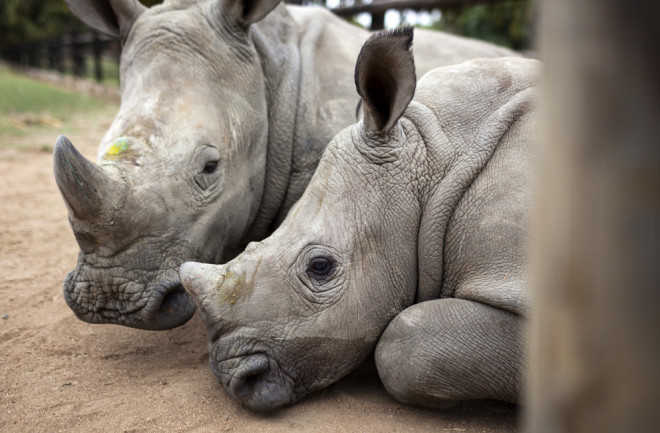Amid a decade-long global rhino poaching epidemic, many conservationists wonder how long the animal will survive in the wild. Rhinos are killed for their horns, which are sold illegally in Vietnam and China — at street prices higher than gold — for their purported medicinal qualities. For example, just in South Africa, rhino poaching incidents skyrocketed over 9,000 percent, from 13 in 2007 to 1,215 in 2014. The country responded with dramatically increased funding and the militarization of anti-poaching teams, resulting in a small drop in 2016, to 1,054 poachings.
Now, conservationists are scrambling to save the last five rhino species left on Earth, limited to ever-shrinking territories in Africa and Asia. Some governments are even experimenting with the controversial idea of allowing farmers to raise rhinos to harvest their horns (which can be painlessly trimmed and regrown like fingernails). Russ Juskalian traveled to South Africa, Vietnam and Indonesia to document the animals’ last stand.
[This article originally appeared in print as "Last Chance To Be."]

